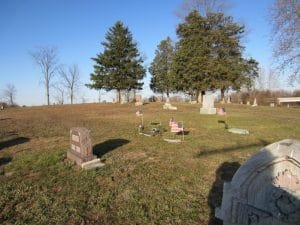Biographical Sketch of W. H. Ball
W.H. Ball, of the firm of W.H. Ball & Co., dealers in grain and seed, was born in Cedar County, Ia., in 1853. He was engaged in the grain business at Centerdale, Clinton County, for nine years. In 1880 came to Fletcher and was the first to locate business there.







